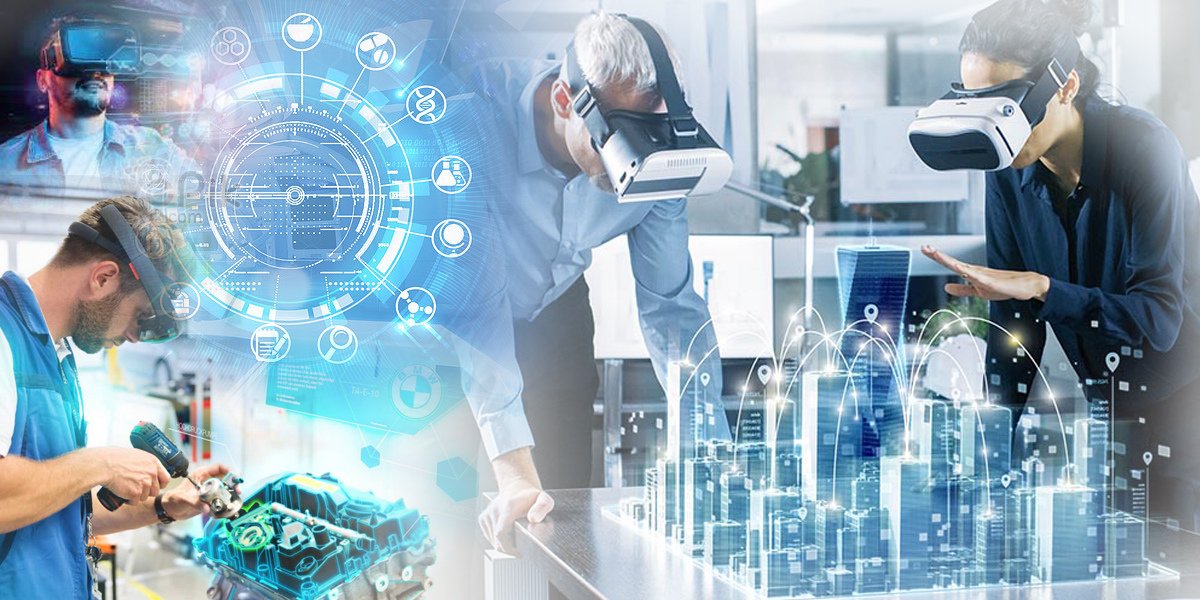26 ноября, 2020
How to improve marketing? Augmented reality on packages and labels

«Nobody counts the number of ads you run; they just remember
the impression you make.»
When choosing a product from many others, the buyer pays attention primarily to its packaging and labels. First, the potential consumer evaluates the external design of the packaging material and labels, and then gets acquainted with the information posted on them. Therefore, manufacturers pay great attention to the design and shape of packages and labels, which are the «face» of the product and the means of its promotion on the market.
Augmented reality (AR) technology has opened up new opportunities for marketing, allowing you to communicate and study your consumer through a mobile application using interactive content. AR has allowed companies to convey the value of their product to the buyer by filling the flat surfaces of packaging with fascinating and useful content. You only need to point the camera of your smartphone or tablet at the packaging or label to see a 3D object, animation or video.
What marketing opportunities does augmented reality offer for companies?
- A new way of interacting with the product: the buyer spends 7 times more time studying it !
- It allows you to stand out among competitors and take a decisive role for the buyer when choosing a product for purchase.
- Creates an unusual consumer experience and a strong emotional connection with the brand.
- Increases the frequency of purchases by 25 %, and the number of purchases by 30 %!
- Attracts new customers.
- Increase in income.
The introduction of augmented reality in an e-commerce application significantly improves the user experience, increasing the level of user awareness and helping them to buy what they want within a single digital solution.
How will augmented reality affect marketing campaigns?
Thanks to technological progress, augmented reality is being improved and covers more and more companies. According to preliminary estimates of Markets&Markets, AR spending will grow to $ 117.4 billion by 2022. The Citi GPS report predicts that AR’s annual revenue will increase to $ 692 billion by 2025. Augmented reality technologies predict a great future and a significant impact on the nature of marketing.
For example, Covergirl already uses its BeautyU application to scan users ‘ faces, detect skin tones and provide mobile advice. The IKEA application helps to present to customers using smartphones how furniture products will look in their homes. The app uses 3D rendering and was developed using Apple’s ARKit technology.
In 2018, the American company Kellogg’s, which produces breakfast cereals, together with the company Blippar, thanks to augmented reality technology, turned more than 16 million boxes of its cereals into an animated tropical island. Educational games, logic and attention games, as well as various questions and quizzes were developed to prepare the child for returning to school.


